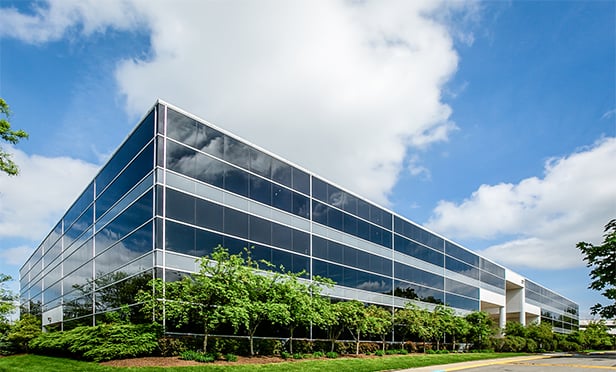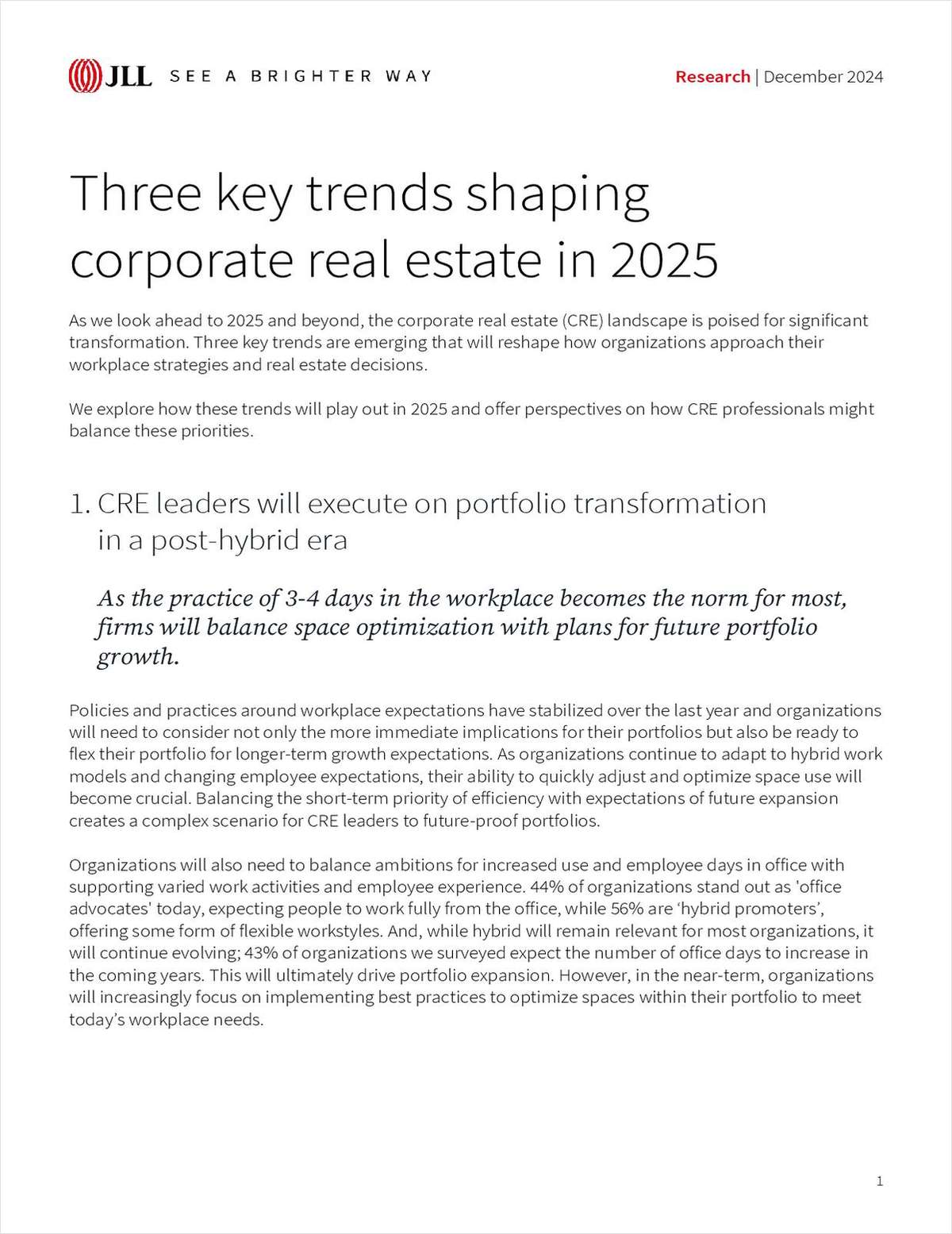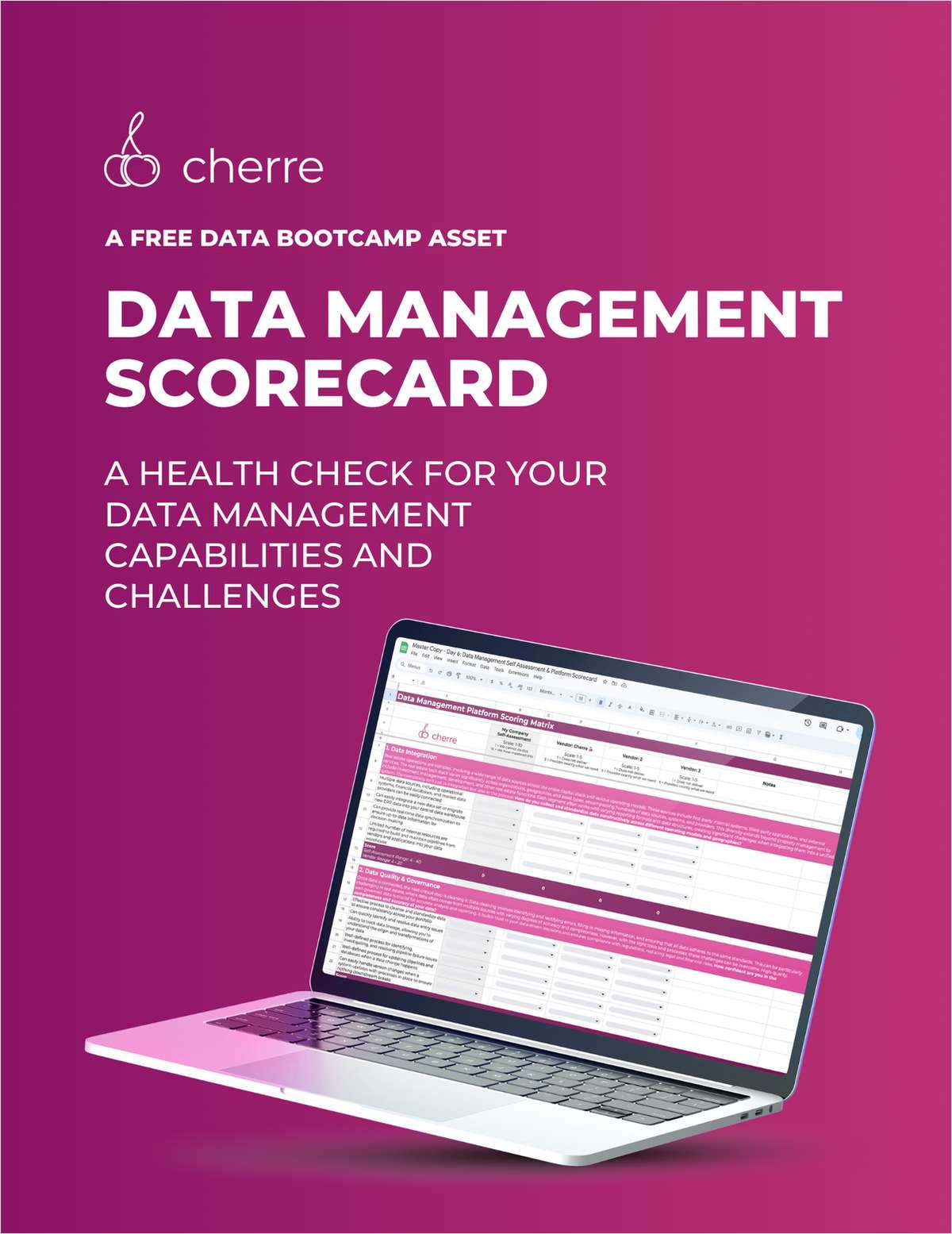
For real estate lenders, one of the holy grails is the loan structure that renders borrowers bankruptcy proof. However, as recent cases have shown, there is no such thing as bankruptcy proof, particularly for entities owning and operating commercial real estate. Take, for instance, General Growth Properties' bankruptcy case. The retail company's property-owning subsidiaries filed for Chapter 11 despite bankruptcy remote structures and successfully defended the filings from legal challenge.
Bankruptcy remote structuring usually requires the borrower to be a special purpose entity, whose activities are restricted to owning and operating the asset financed. These entities are unlikely to have other creditors because of limitations in the organizational documents, which notify creditors to unauthorized activities and debt. An SPE also minimizes the risk of the borrower being substantively consolidated into other related entities in bankruptcy by requiring the entity to comply with a variety of separateness covenants. These covenants oblige the entity to hold assets and conduct business only in its own name and observe legal entity formalities.
Bankruptcy remote structures often minimize the borrower's voluntary bankruptcy by requiring the use of independent directors, and making the loan fully recourse to a parent entity, sponsor or principal, should the borrower file for bankruptcy or fail to observe the covenants. Lenders generally make their loans fully recourse through "bad-boy" guarantees, often referred to as springing recourse guarantees or non-recourse carve-out guarantees.
How effective have bad-boy guarantees been in the current down-cycle? The results of particular cases depend on many factors, including the terms of the guaranty. But many courts have favored lenders in light of the sophisticated nature of the parties and the plain, unambiguous language in the guarantees.
Most bad-boy guaranties have two sets of triggers. One set of triggers, such as the borrower's failure to comply with the SPE covenants, springs recourse to the entire loan. A second set, such as the failure to pay real estate taxes, springs recourse limited to the amount of loss or damage caused by the event. We can expect future litigation over whether the triggering event falls within the first or second category, and if it is included in the second category, over the quantum of the losses sustained.
Courts have held guarantors in recent cases personally liable under bad boy guaranties for actions breaching SPE covenants. For instance, a Massachusetts court held guarantors liable for making an unauthorized transfer of the mortgaged property through the settlement of a zoning litigation, and by commingling the settlement funds.
A New Jersey court found a springing recourse guaranty had been triggered when a borrower obtained subordinate financing on a property in violation of loan documents, though that financing was fully satisfied before the senior loan went into default. In New York, a court held guarantors liable under a springing recourse guaranty that was triggered when the borrower filed for bankruptcy.
An Ohio court also held guarantors liable under a similar bankruptcy provision. The court decided the guaranty "created liability for the individual guarantors-it did not prevent the borrower from seeking protection afforded by the bankruptcy code." The lesson to be learned is that triggers to springing full recourse should be seriously negotiated. Whether entering into a new loan or purchasing debt with springing recourse features one must pay attention to the particulars of the transaction. As the guarantors in the above cases can attest, the consequences of bad-boy guaranties are real and costly, and can become a hammer for the lenders to use if and when needed.
GlobeSt.com News Hub is your link to relevant real estate and business stories from other local, regional and national publications.
Want to continue reading?
Become a Free ALM Digital Reader.
Once you are an ALM Digital Member, you’ll receive:
- Breaking commercial real estate news and analysis, on-site and via our newsletters and custom alerts
- Educational webcasts, white papers, and ebooks from industry thought leaders
- Critical coverage of the property casualty insurance and financial advisory markets on our other ALM sites, PropertyCasualty360 and ThinkAdvisor
Already have an account? Sign In Now
*May exclude premium content© 2025 ALM Global, LLC, All Rights Reserved. Request academic re-use from www.copyright.com. All other uses, submit a request to [email protected]. For more information visit Asset & Logo Licensing.








